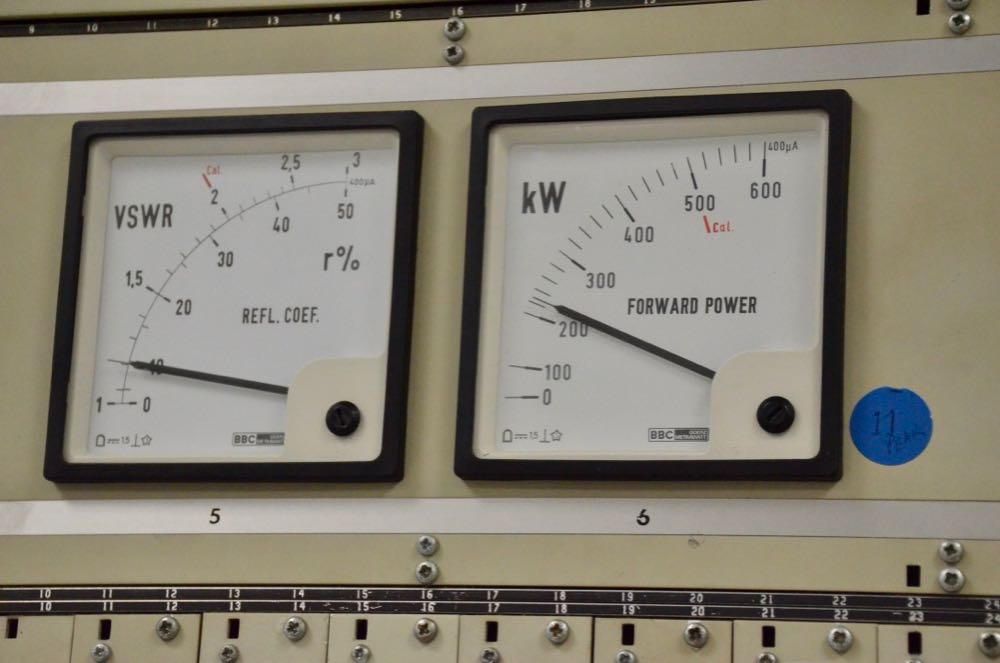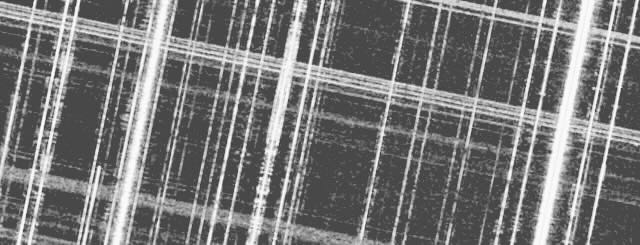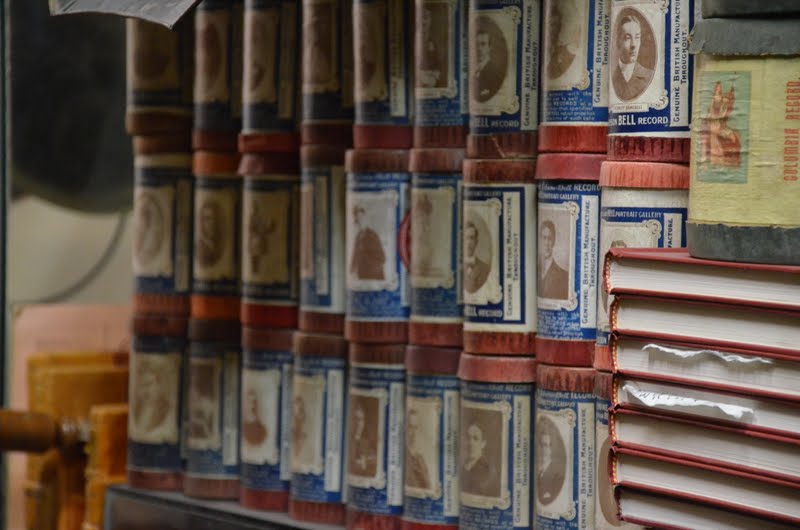 The following article by Benn Kobb was posted on Dec. 25 to Glenn Hauser’s World
The following article by Benn Kobb was posted on Dec. 25 to Glenn Hauser’s World
of Radio list on groups.io. I repost it here with Benn’s permission:
Subject: As the World ‘Turms’
It would seem like 2021 would end with no FCC action on the three mysterious entities requesting licenses under the umbrella of International Broadcasting, but likely involved in sending private messages to trading clients in Europe and Asia.
In fact there has been action, of a sort.
Two of those applicants are still waiting to receive construction permits. The third — Turms Tech, part of Turms Holdings, a subsidiary of Emcor Securities of New York — already has a construction permit and says it has built a 10 kW DRM station in New Jersey.
Turms requested callsign WIPE. It is so listed with the FCC. Turms has no license to operate this station. Yet.
The FCC is apparently not clear about whether Turms intends to use WIPE for conventional broadcasting — you know, the only type of transmission permitted under the FCC rules for such HF stations.
Turms originally told the FCC that it will engage in “broadcast and data services” and “broadcast of financial, economic news and data through distribution of programs generally prepared on the basis of requests by clients.”
Clear as mud. If broadcasting business news on shortwave to DRM receivers is profitable, you’d think that WTWW, WRMI, WBCQ, WWRB etc. would have discovered that years ago.
And what’s that about “data”? The FCC rules are plain that HFBC stations are for broadcasting to the public. There is no exemption to that requirement whether the broadcast is audio for listening or data for decoding.
So to clarify the issues, on Dec. 3, 2021 five FCC staff members asked WIPE’s consulting engineer if he could answer a few questions.
He couldn’t, at the time. Quoting from a record of that online meeting: “The information being sought was clarification of certain general non-technical items that will be possibly proposed by the pending shortwave operation. These type of items or clarifications are not normally items that this [engineering] firm would be knowledgeable.”
Presumably after consulting with his client Turms, he later provided FCC with these answers:
– – –
Q: Clarification is requested regarding the audio and data content of the general service to be provided, if known?
A: Airtime will be sold to anyone interested in broadcasting his contents. Editorial line will focus on contemporary topics, no religious or political contents. More specifically the target we’re looking for is global news and financial information, CNBC style programs.
Q: Will encryption be used in the transmitted signal?
A: No encryption will be used, this is a general broadcast.
Q. Will there be a contract for reception of the signal required?
A. No contract will be required for the reception.
Q. Will a DRM receiver be required for either or both the audio or the data?
A. A DRM receiver will be required for both audio and data.
Q. Will the proposed transmitter site receive other international HF signals to be rebroadcast on the intended operation?
A. No.
– – –
The FCC’s question about contract is especially pertinent, as the FCC considers broadcasting to require no contract between transmitting and receiving parties. A private data operation would involve such a contract, usually for some kind of subscription or other fee for service.
So what should we believe? WIPE will not engage in private data communications, but will instead pursue a sketchy business plan?
On December 23, 2021, RF engineer Alex Pilosov submitted a detailed objection — his second — to the TURMS application. According to Pilosov, “the directors and officers of TURMS do not claim any broadcasting experience, but certainly have substantial business experience, and are aware of the business of trading and data transmission.
“What TURMS claims,” he told the FCC, “is that a company without any experience in broadcasting decides to construct the first International Broadcast station in 20 years dedicated to ‘financial news’ programming, and ‘data broadcast to the general public,’ foregoing any subscription revenues, but somehow able to recoup the setup costs by broadcast operations alone.
“The second possibility, apparent from digging into the facts and associated entities, is that TURMS instead lacked candor in its filings, and that its application for ‘International Broadcast’ is merely a pretext for private data transmission business.”
If and when WIPE goes on the air — on 9.65, 11.850, 13.720 and 15.450 MHz — DRM monitoring by the SWL community should help establish the facts about any possible encrypted or otherwise non-public, non-broadcast emissions from this station.
Benn Kobb
 Many thanks to SWLing Post contributor, Benn Kobb, who shares the following announcement:
Many thanks to SWLing Post contributor, Benn Kobb, who shares the following announcement:





